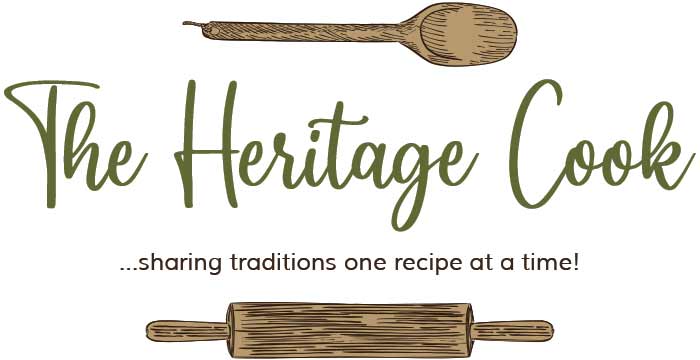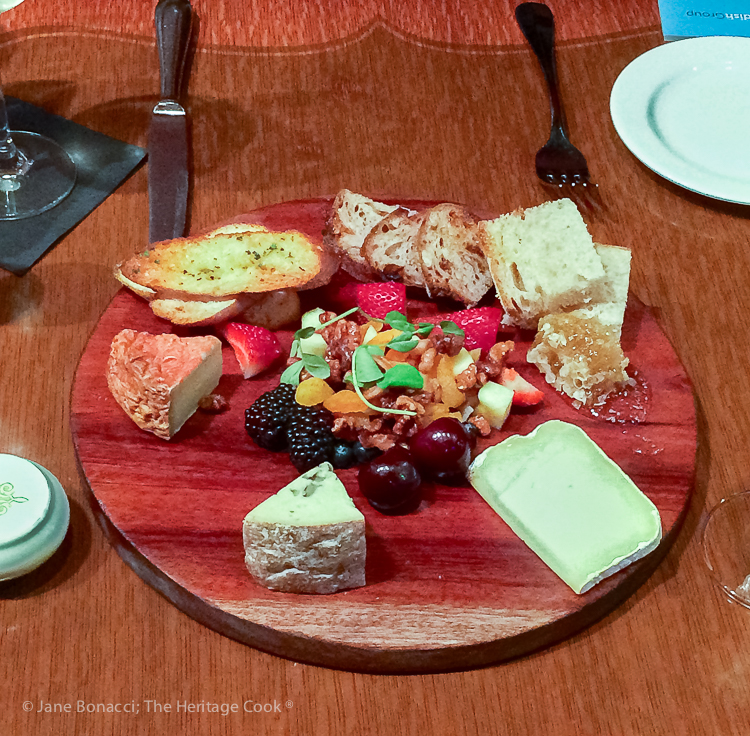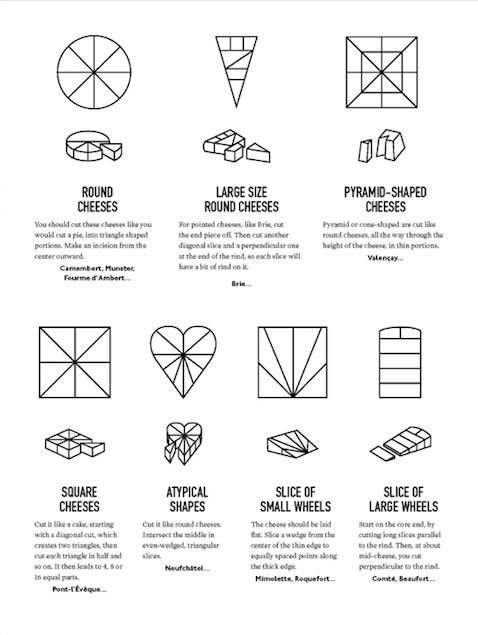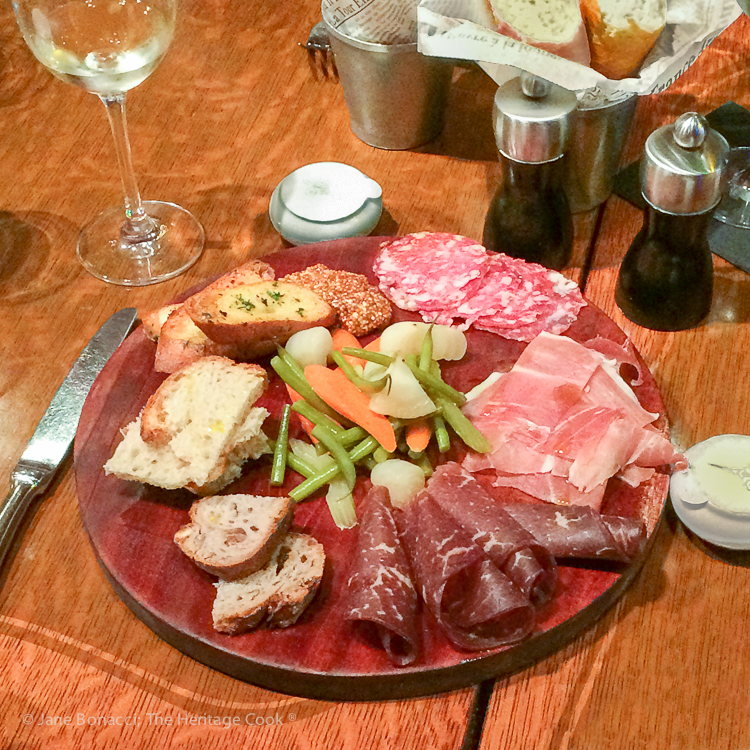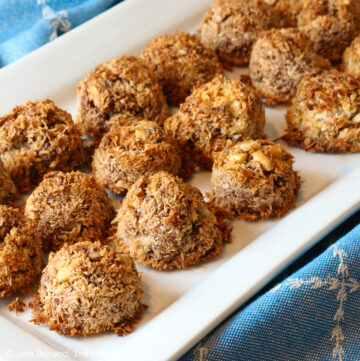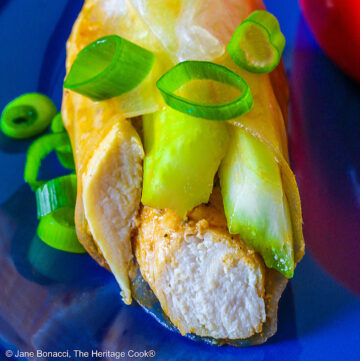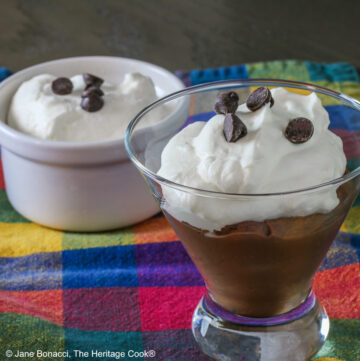
The French love their cheese and value them so highly that they are the only country in the world where there is a formal course entirely devoted to cheese. On our visits to France, one of the first things we search for is a great cheese shop near where we are staying. We take French cheeses on picnics with some bread, charcuterie, and wine, making us feel like locals in the Paris scene.
On this day we were treated to a wide variety of cheeses, charcuterie, and perfect wine pairings. Just look at these platters – aren’t you envious. It was such a treat and while we were there it felt like we were back in France, listening to the beautiful accent of Laurent, our guide for the day, and sharing a meal with delightful food-loving people.
Did you know that cows are milked twice a day, once in the morning and again in the afternoon? And that the milk they get in the second milking is thicker and richer, yielding a creamier, nuttier tasting cheese like Reblochon? It is one of my favorites!
How to Build a Cheese Platter
I thought it would be fun to share some information about building a plateau de fromage or cheese plate in the French style. You want to serve 3 to 5 different cheeses, and plan on 4 to 6 ounces per person. Starting at the top of the plate and going clockwise, begin by placing a piece of the mildest cheese and work towards the stronger flavored cheeses.
Some suggestions are Brie, Emmental, Mimolette, Fourme d’Ambert or Brillat-Savarin, Comté, Époisses, Bleu d’Auvergne. Always be sure you are getting genuine French cheeses! Tuck some sliced fresh apples or pears in between each type of cheese. You can also use grapes, figs, berries, and dried apricots. Nuts always add a welcome crunchy bite. And for a touch of sweetness, consider drizzling a little honey on pungent cheeses.
Be sure to leave enough room to cut slices off the cheeses and serve some mild crackers, baguette slices, toasted crostini, etc. to use as a base to enjoy the cheese!
If you are looking to pair beverages with the cheeses, you can’t miss with wines from the same regions of France as where the cheese was made. Generally, the rule is to match milder cheeses with light, milder wines and a more robust cheeses with bolder wines. And don’t forget that you can always ask your local wine merchant for pairing suggestions.
You can follow #cheesesofeurope and #makeitmagnifique on social media to learn more and get ideas for entertaining. If you have a chance, definitely give these French cheeses a try and I promise you will swear you are sitting on a terrace overlooking the Eiffel Tower or driving through the winding roads of the Alps!!

The Alps from the air
Create a New Tradition Today!
Welcome! Unauthorized use, distribution, and/or duplication of proprietary material from The Heritage Cook without prior approval is prohibited. If you have any questions or would like permission, please contact me. The suggestions here are not intended as dietary advice or as a substitute for consulting a dietician, physician, or other medical professional. Please see the Disclaimers/Privacy Policy page for additional details. This page may contain affiliate links. Thanks for visiting The Heritage Cook!
